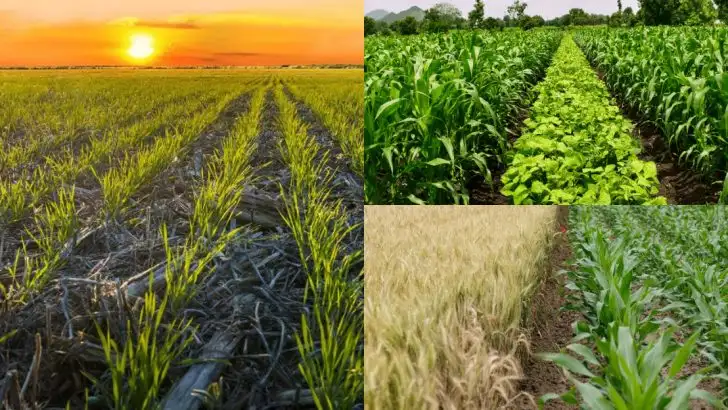Plant the same crops in the same spot year after year, and your garden will rebel. We’re talking sickly plants, depleted soil, and an all-you-can-eat buffet for pests.
That’s where crop rotation comes in—a time-tested trick that keeps your vegetable garden thriving. By switching up what grows where, you give your soil a break, confuse pests, and stop diseases in their tracks.
Think of it as nature’s reset button. One season, leafy greens soak up nitrogen, the next, legumes put it back.
Your tomatoes won’t keep attracting the same pesky invaders, and your soil won’t be left gasping for nutrients. Curious about how it all works?
Let’s dig into the 14 biggest benefits of crop rotation and how it can turn your garden into a powerhouse of healthy, delicious harvests.
Pest and Disease Control
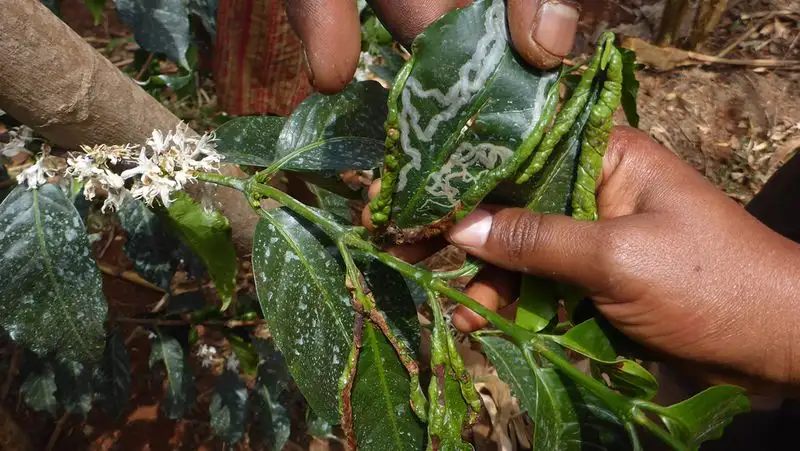
Rotating crops disrupts the life cycles of pests and diseases, making it harder for them to establish. Pests often target specific crops; changing plants confuses them.
Similarly, many soil-borne diseases favor certain hosts, so rotation reduces infection risks. This method decreases the need for chemical pesticides, promoting an eco-friendly garden.
It also encourages biodiversity, as a range of plants attract different beneficial insects. By keeping pests and diseases at bay, gardeners can maintain a thriving, resilient vegetable patch.
Enhanced Soil Structure

Healthy soil structure is vital for plant growth, and crop rotation plays a crucial role in maintaining it. Different crops have varying root systems, which help break up the soil, improving aeration and drainage.
Root diversity also prevents soil compaction, promoting better water infiltration. Over time, this leads to a fluffy, crumbly soil texture ideal for planting.
Enhanced soil structure supports robust plant root systems, ensuring efficient nutrient and water uptake. This results in vigorous plant growth and higher yields.
Weed Suppression
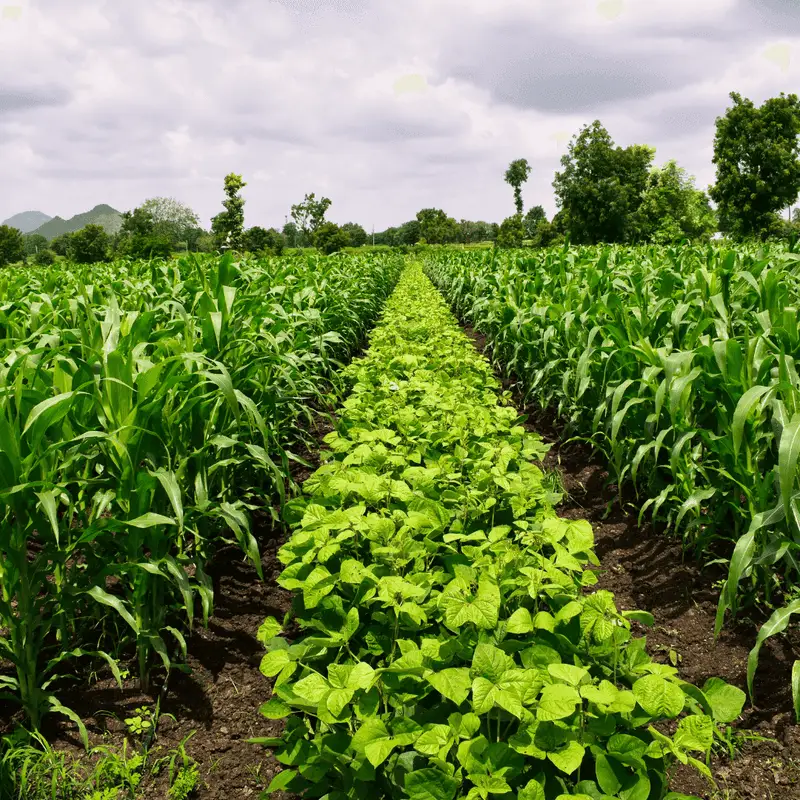
Crop rotation aids in controlling weeds by interrupting their growth cycles. By changing crops, gardeners can outcompete weeds for sunlight, water, and nutrients.
Different plants also create varying shade levels, naturally inhibiting weed growth. This practice reduces the reliance on herbicides, contributing to a healthier ecosystem.
A diverse plant selection can also foster beneficial ground cover that suppresses weed emergence. Maintaining a weed-free garden is crucial for optimum plant growth, as weeds can harbor pests and diseases.
Soil Moisture Management
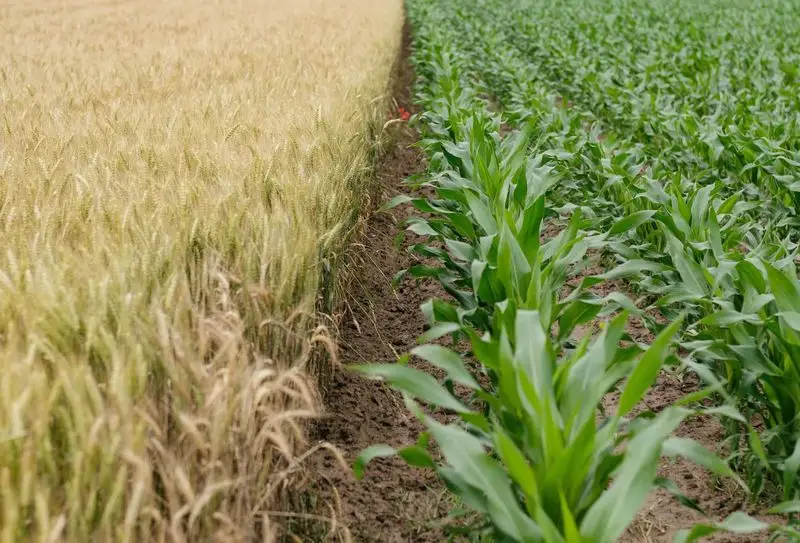
Proper soil moisture is essential for plant health, and crop rotation can enhance moisture management. Different crops have varying water needs and root depths, affecting how they absorb moisture.
Rotating crops prevents soil from becoming too dry or waterlogged by balancing water usage. This practice also helps retain soil moisture, reducing the need for frequent irrigation.
A well-managed moisture level supports plant health and growth, leading to a more productive garden. By optimizing water usage, gardeners can conserve this precious resource and reduce costs.
Increased Biodiversity
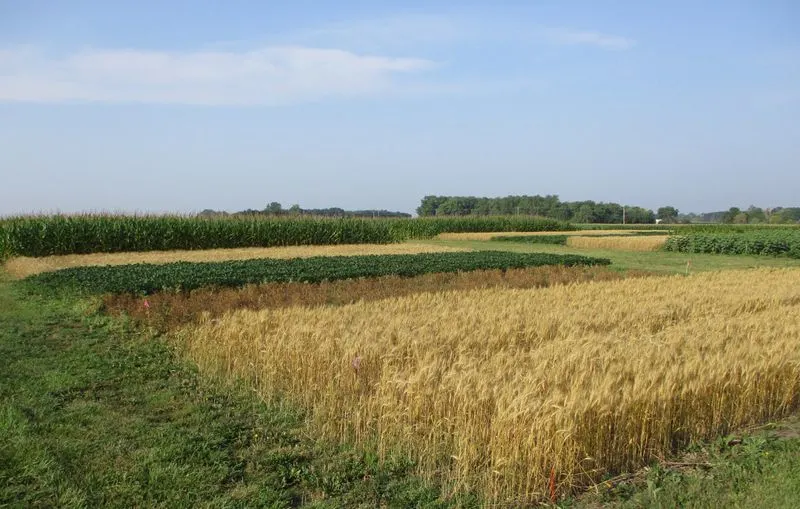
A garden rich in biodiversity is more resilient to pests, diseases, and environmental stress. Crop rotation increases biodiversity by introducing different plant species each season.
This variety attracts a range of beneficial insects, birds, and other organisms that contribute to a balanced ecosystem. Diverse gardens are better at withstanding changes in weather and pest invasions, as they do not rely on a single species.
This natural balance reduces the need for chemical interventions, promoting a sustainable gardening approach.
Nutrient Cycling
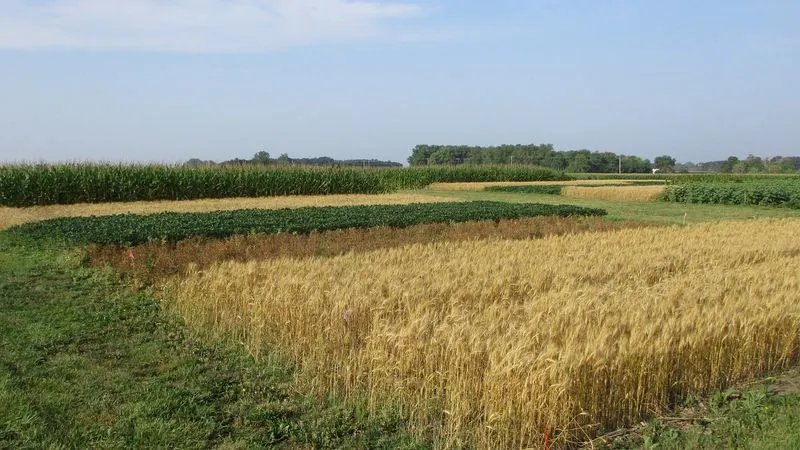
Crop rotation aids in efficient nutrient cycling, ensuring that essential elements are continuously replenished. Different plants have specific nutrient requirements and contributions.
For example, legumes fix nitrogen, enriching the soil for future crops like corn or tomatoes. This ongoing cycle minimizes nutrient depletion and enhances soil fertility.
By optimizing nutrient availability, gardeners can achieve higher yields without relying heavily on fertilizers. Healthy nutrient cycling supports robust plant growth, contributing to a thriving vegetable garden.
Reduced Erosion

Soil erosion can be a significant issue, especially in gardens on slopes or with poor cover. Rotating crops helps reduce erosion by maintaining a continuous plant cover.
Different root systems stabilize the soil, preventing it from washing or blowing away. This practice keeps vital topsoil in place, crucial for nutrient retention and plant growth.
A stable soil structure supports healthy root development, leading to stronger plants. By reducing erosion, gardeners can maintain the integrity and productivity of their plots.
Improved Yield
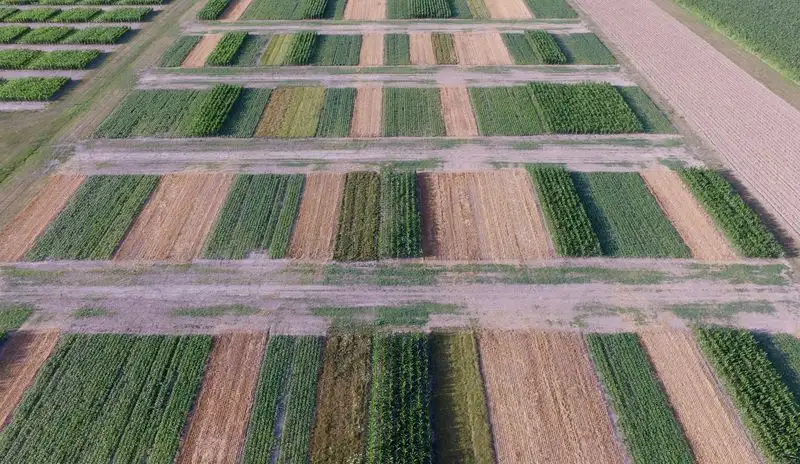
Crop rotation can lead to significantly improved yields, as it optimizes soil health and reduces pest pressures. A well-planned rotation ensures that plants receive balanced nutrients and that pests and diseases are kept at bay.
This combination fosters robust plant growth, resulting in higher productivity. Moreover, diverse crops can maximize available space and sunlight, further enhancing yields.
Increased harvests mean more fresh produce for your table and potential savings on grocery bills. By keeping your garden productive, rotation supports both sustainability and abundance.
Long-Term Sustainability
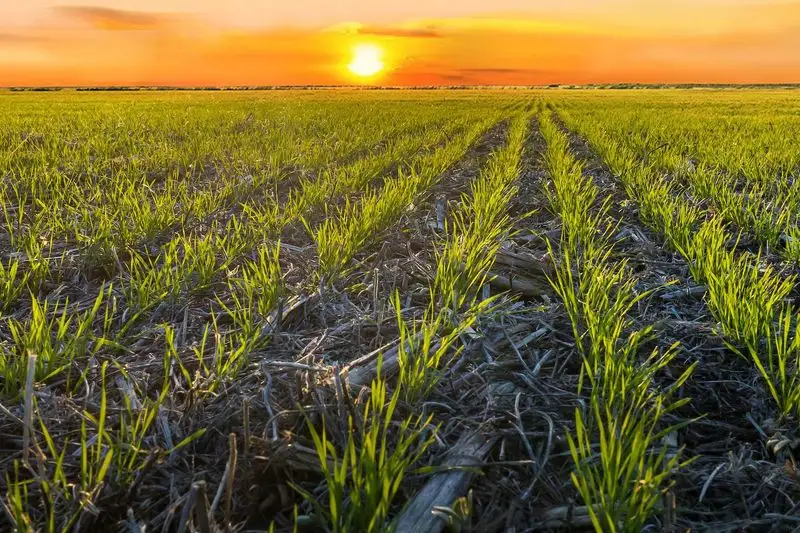
Sustainability is a crucial aspect of modern gardening, and crop rotation plays a vital role in achieving it. By promoting soil health and reducing chemical dependencies, rotation fosters a more eco-friendly garden.
Over time, this practice builds a resilient ecosystem capable of withstanding environmental stresses. Gardeners who prioritize sustainability can enjoy long-term productivity and reduced costs.
A sustainable garden also contributes to environmental conservation, supporting biodiversity and reducing pollution. Embracing crop rotation is a step towards a greener future.
Balanced Ecosystem
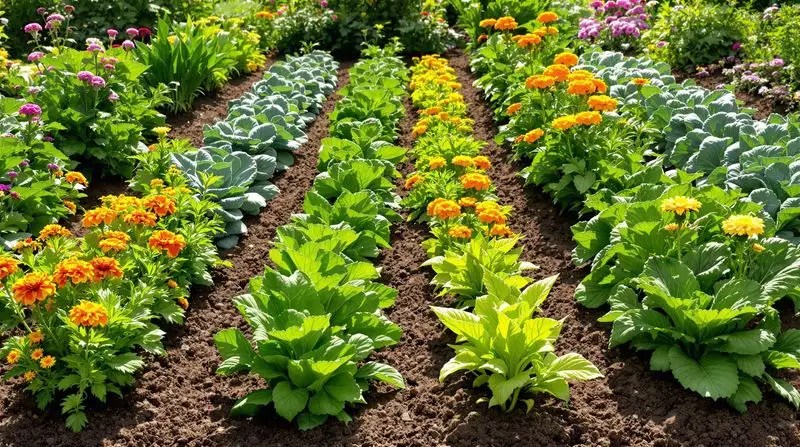
A balanced ecosystem is key to a thriving garden, and crop rotation helps achieve this balance. By introducing a variety of crops, gardeners can support diverse wildlife and beneficial insects.
This diversity reduces the need for chemical inputs, as natural predators keep pests in check. A balanced ecosystem is more resilient to changes and disturbances, ensuring continuous productivity.
Gardeners who foster this balance can enjoy healthier plants and reduced maintenance efforts. Crop rotation is a straightforward method to cultivate a harmonious garden environment.
Soil Microbial Activity
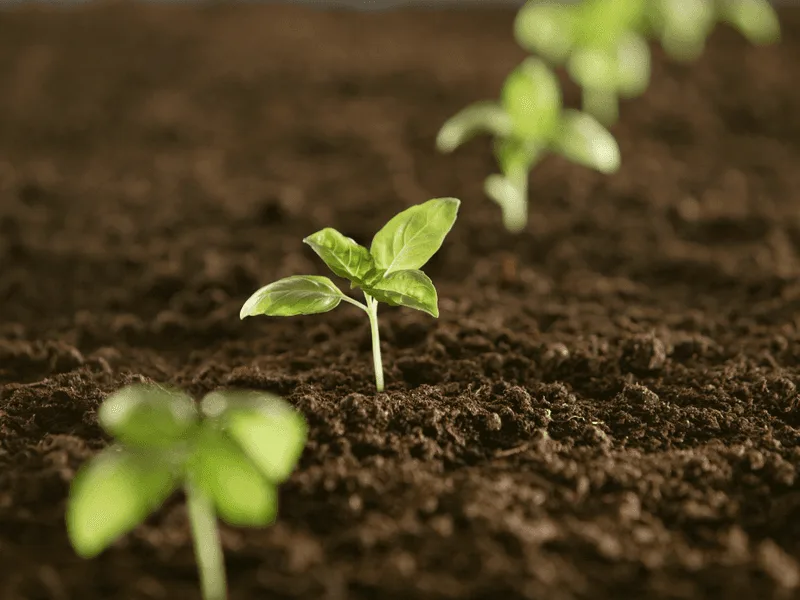
Soil microbes play a crucial role in breaking down organic matter and recycling nutrients. Crop rotation enhances microbial activity by providing diverse organic inputs from different plants.
This diversity fosters a rich microbial community, which supports soil health and fertility. Active microbes improve nutrient availability for plants, promoting robust growth and yields.
By nurturing this microbial life, gardeners can achieve a more productive and sustainable garden. Enhanced microbial activity also aids in disease suppression, contributing to overall plant health.
Water Conservation
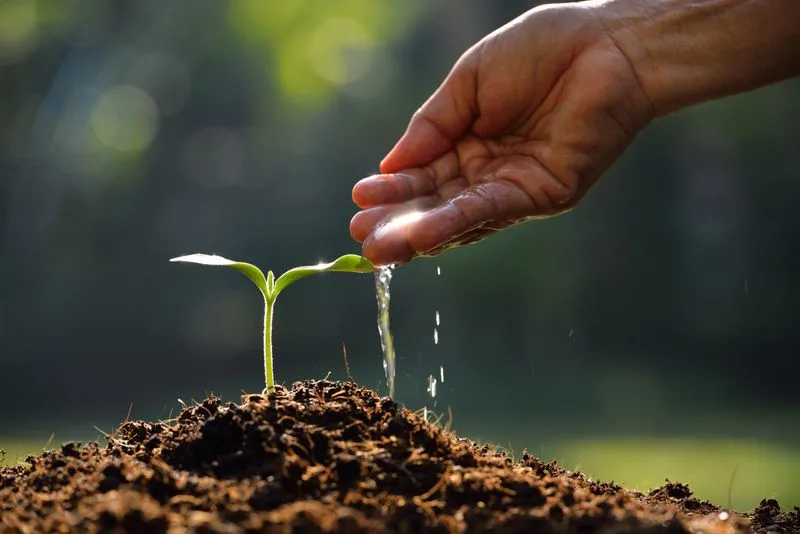
Water conservation is essential for sustainable gardening, and crop rotation can help achieve this goal. By altering crops with different water needs, gardeners can manage soil moisture more effectively.
Rotation also improves soil structure, enhancing water retention and reducing runoff. This combination reduces the need for additional irrigation, conserving water resources.
Efficient water use supports plant health and reduces gardening costs. By prioritizing water conservation, gardeners contribute to a more sustainable environment and ensure long-term garden productivity.
Economic Benefits
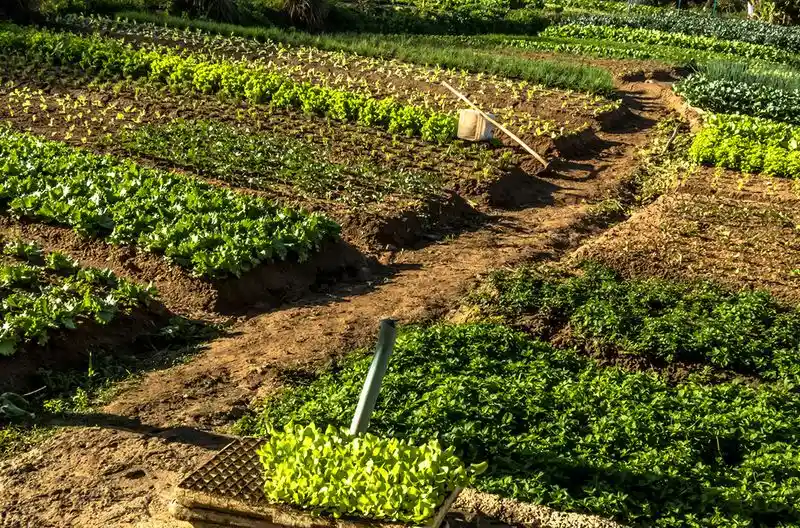
Crop rotation not only benefits the environment but also offers economic advantages. Healthier plants and increased yields can lead to more produce, potentially reducing grocery bills.
Gardeners may also sell excess produce, generating additional income. Reduced dependency on chemical fertilizers and pesticides further cuts costs.
By investing in soil health and sustainability, gardeners can achieve long-term savings. A productive garden can provide financial rewards while contributing to food security.
Crop rotation is a practical strategy for maximizing both environmental and economic benefits.
Enhances Crop Resilience
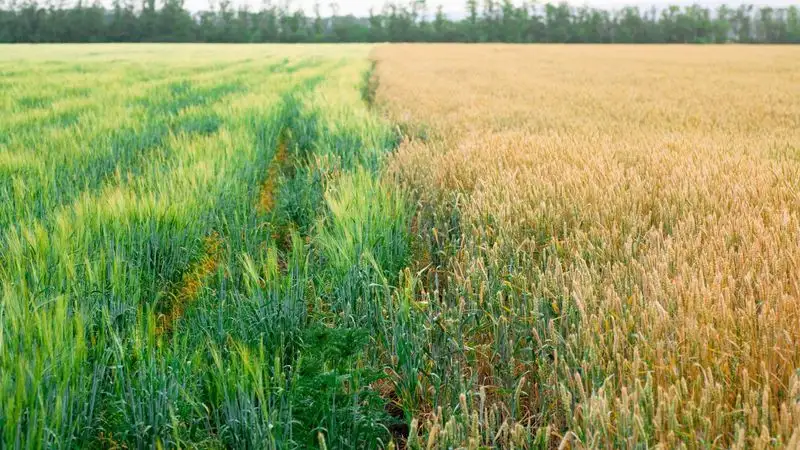
Rotating crops builds a garden’s resilience to environmental stressors. Diverse plantings can better withstand variations in weather, disease, and pest pressures.
Each crop contributes to a balanced ecosystem, fostering stronger plants that can adapt to challenges.
With increased resilience, gardens experience fewer losses and maintain productivity, even in adverse conditions. This method of planting supports sustainable gardening practices that nurture both the soil and the plants over time, ensuring long-term success.

